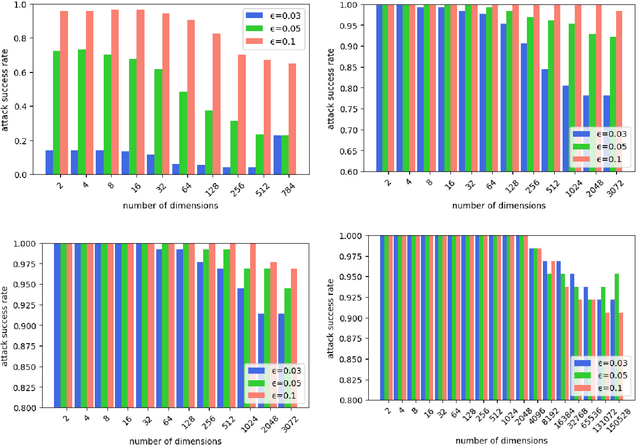Li Ni
Rethinking Few-Shot Medical Image Segmentation by SAM2: A Training-Free Framework with Augmentative Prompting and Dynamic Matching
Mar 05, 2025Abstract:The reliance on large labeled datasets presents a significant challenge in medical image segmentation. Few-shot learning offers a potential solution, but existing methods often still require substantial training data. This paper proposes a novel approach that leverages the Segment Anything Model 2 (SAM2), a vision foundation model with strong video segmentation capabilities. We conceptualize 3D medical image volumes as video sequences, departing from the traditional slice-by-slice paradigm. Our core innovation is a support-query matching strategy: we perform extensive data augmentation on a single labeled support image and, for each frame in the query volume, algorithmically select the most analogous augmented support image. This selected image, along with its corresponding mask, is used as a mask prompt, driving SAM2's video segmentation. This approach entirely avoids model retraining or parameter updates. We demonstrate state-of-the-art performance on benchmark few-shot medical image segmentation datasets, achieving significant improvements in accuracy and annotation efficiency. This plug-and-play method offers a powerful and generalizable solution for 3D medical image segmentation.
Random Directional Attack for Fooling Deep Neural Networks
Aug 06, 2019



Abstract:Deep neural networks (DNNs) have been widely used in many fields such as images processing, speech recognition; however, they are vulnerable to adversarial examples, and this is a security issue worthy of attention. Because the training process of DNNs converge the loss by updating the weights along the gradient descent direction, many gradient-based methods attempt to destroy the DNN model by adding perturbations in the gradient direction. Unfortunately, as the model is nonlinear in most cases, the addition of perturbations in the gradient direction does not necessarily increase loss. Thus, we propose a random directed attack (RDA) for generating adversarial examples in this paper. Rather than limiting the gradient direction to generate an attack, RDA searches the attack direction based on hill climbing and uses multiple strategies to avoid local optima that cause attack failure. Compared with state-of-the-art gradient-based methods, the attack performance of RDA is very competitive. Moreover, RDA can attack without any internal knowledge of the model, and its performance under black-box attack is similar to that of the white-box attack in most cases, which is difficult to achieve using existing gradient-based attack methods.
 Add to Chrome
Add to Chrome Add to Firefox
Add to Firefox Add to Edge
Add to Edge